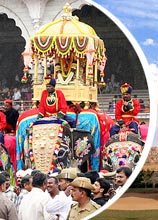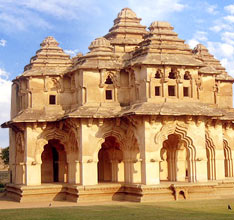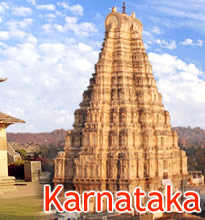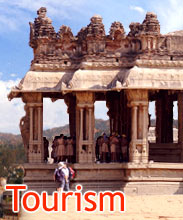 Mysore
paintings are regarded as one of the prominent schools of traditional
Indian painting. Traditional Mysore paintings have charmed art
aficionados for ages with their bright vegetable dye colors and lustrous
gold leaves. Mysore Paintings are similar to the Tanjore Paintings
barring the fact that thinner gold leaves are used in Mysore Paintings
as compared to Tanjore Paintings.
Mysore
paintings are regarded as one of the prominent schools of traditional
Indian painting. Traditional Mysore paintings have charmed art
aficionados for ages with their bright vegetable dye colors and lustrous
gold leaves. Mysore Paintings are similar to the Tanjore Paintings
barring the fact that thinner gold leaves are used in Mysore Paintings
as compared to Tanjore Paintings. Mysore paintings evolved as an established school of painting under the patronage of the Wodeyar kings. The Mysore School of Painting reached the pinnacle of glory during the reign of Mysore Maharaja, Krishnaraja Wodeyar III (1799-1868). The painters were also assigned allied work in decoration, preparing banners, doll making, gold work, painting the temple cars, preparing portraits of rulers, deities and saints.
The most popular themes of this school of painting are traditional deities of the Hindu pantheon, including the famous Goddess of Mysore Chamundeswari. Stories from the epics of Ramayana and the Mahabharata, the Bhagavata Purana and Jain epics are also depicted in traditional Mysore paintings.
After the demise of Krishnaraja Wodeyar in 1868, the Mysore School of Painting was gradually fading into oblivion due to the lack of official patronage. But in recent years this exquisite art has been rejuvenated owing to the efforts of veteran artists of the school. Chitrakala Parishat in Bangalore, showcasing masterpiece collection of old paintings, runs a school teaching the art of traditional Mysore painting.










